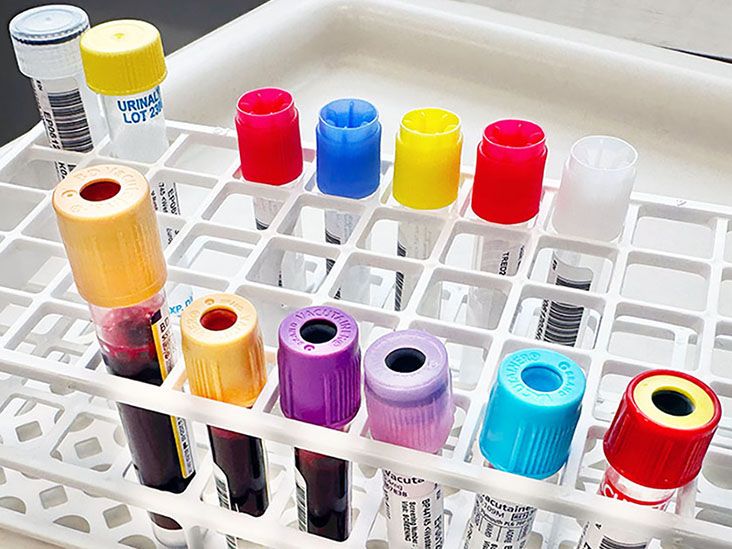A seizure is not usually a medical emergency, but first aid may help reduce the risk of injuries. In some cases, people will need emergency medical attention.
If someone is having a seizure, people can monitor them and make sure they are safe from harm.
People may require emergency care in some circumstances, such as if they have never had a seizure before. This article looks at seizure first aid and when to call 911.
If a person is experiencing a seizure, the
- Stay calm.
- Stay with the person and talk reassuringly to them until they recover.
- Time the seizure from beginning to end.
- Remove anything around them that could injure them.
- Once any convulsions stop, turn them onto their side into the recovery position to keep their airways clear.
- Check if they have any medical information on them, such as a medical bracelet.
First aid is usually not necessary for focal seizures. If people feel unsettled, it can help to try and reassure them.
To help someone during a generalized seizure, a person can try the following first aid steps:
- If they seem to be falling, ease them gently to the floor.
- Clear any hard or sharp objects around them to avoid injury.
- If they are wearing glasses, remove them.
- Gently turn them onto their side, with their mouth pointing toward the floor, to keep their airways open.
- If the person is in a wheelchair, put the brakes on, keep any seat belt or harness on, and cushion their head.
- Cushion their head by placing something flat and soft underneath it, such as a folded sweater or jacket.
- Loosen anything tight around their neck that could restrict their breathing.
- Time the seizure from when it begins. If it lasts longer than 5 minutes, call 911.
Learn more about seizure protocols for different types of seizures.
What to avoid doing if a person is having a seizure
If someone is having a seizure,
- moving them (only move them if they could be in danger, such as close to a road or water)
- holding them down or controlling their movements
- putting anything in their mouth
- giving any mouth-to-mouth breathing
- giving them anything to eat or drink until they are fully recovered and alert
If a person is alone and feels the onset of a seizure, they can take precautions to stay safe during the seizure. These precautions can include:
- moving to a safe space, away from any objects or areas that could cause injury
- stopping any activity that could be dangerous
- moving away from water, including baths
- closing any doors to prevent wandering
- sitting or lying down to avoid falling
- loosening any tight clothing and removing any glasses
- trying deep breathing or relaxation techniques, which may help reduce symptoms for some seizures
After the seizure, the person can take time to rest until they feel better. If they have discussed an epilepsy care plan with a doctor, follow those steps.
Learn more about what to do for an oncoming seizure.
A febrile seizure is a seizure that occurs in babies and young children. It often results from high fever.
These seizures
- a loss of consciousness
- uncontrollable shaking
- stiff limbs
- eye rolling
During a febrile seizure, a parent or caregiver should:
- Remain calm.
- Note the start time of the seizure.
- Gently remove any objects from the child’s mouth when possible.
- Place the child on their side on a protected surface to prevent injury.
Once the seizure ends, they should take the child to a doctor to determine the cause of the fever.
A parent or caregiver should call an ambulance if the seizure lasts longer than 5 minutes or if it lasts fewer than 5 minutes but the child does not appear to be recovering.
Call 911 if you or someone else is having a seizure and
- are pregnant
- have diabetes and lose consciousness
- seizure lasts longer than 5 minutes
- another seizure shortly follows the first one
- it is the first seizure they have ever had
- any injuries
- difficulty breathing or waking after a seizure
- if a seizure happens in water
Once a seizure has finished:
- Stay with the person while they recover and help them to a quiet, safe space.
- Once they are aware, calmly explain what happened and reassure them.
- Offer to call someone they know to make sure they get home safely.
- Check for injuries and seek medical help if there are any.
Learn more about how to feel better after a seizure.
Is it OK to sleep after a seizure?
People may feel tired after a seizure and want to rest. In these instances, make sure they are warm, comfortable, and in a safe space.
If people want to sleep after a seizure, it
Signs of a seizure can vary depending on the type of seizure but can include abnormal behavior and movements.
Focal seizure
Focal seizures start in one side of the brain, and symptoms
- Focal onset aware seizure: A person remains awake and aware throughout a seizure.
- Focal onset impaired awareness: A seizure affects their awareness or mental state.
Symptoms of focal seizures may include:
- jerking movements
- tense or limp muscles
- muscle twitching or spasms
- repeated movements, such as lip smacking, chewing, or rubbing the hands
- change in emotional or mental state, such as confusion
- change in sensations, such as goosebumps or a racing heart
- lack of movement
They may also:
- have a glazed look in their eyes
- appear to be staring
- not be able to respond to questions
Generalized seizure
Generalized seizures cause a person to lose awareness. They may cry out, fall to the ground, or lose consciousness.
Generalized seizures
- Tonic-clonic seizures: Tonic-clonic seizures cause rhythmic jerking movements and muscle stiffness.
- Absence seizures: Absence seizures cause a temporary lapse in consciousness.
Symptoms of generalized seizures may include:
- continual, rhythmic jerking movements
- tense or limp muscles
- muscle twitching or spasms
- periods of staring
- twitching in one area of the body, such as the eyelids
Rescue medications may help prevent seizure emergencies. These include benzodiazepines in various forms.
However, people will still need immediate medical attention in the case of a medical emergency.
A doctor may be able to suggest online or in-person training courses.
The Epilepsy Foundation offers free, online seizure first aid training that is available to anyone. The organization also offers certification courses.
People can find out more here.
Seizure first aid can help keep a person safe during and after a seizure. Although many seizures are not a medical emergency, people will need to call 911 in certain cases, including for any injuries or if it is their first seizure.
If someone is having a seizure, people can monitor them and make sure they are safe from harm.


